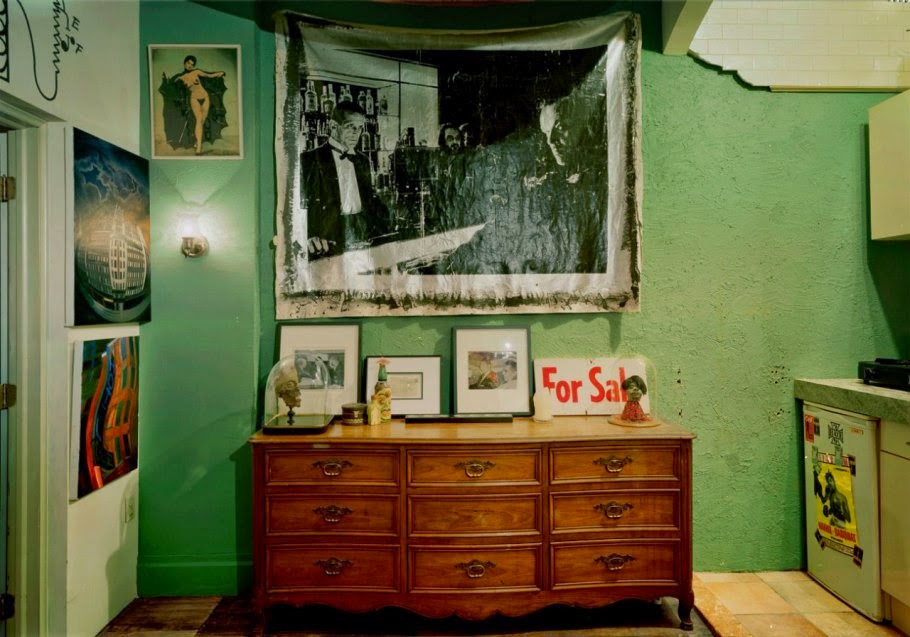Images of the Chelsea Hotel, Manhattan, New York City.
(Photo from Vanity Fair, from full set. Photography Robert Polidori)
Before rampant crony decentralization, feverish renovation and property price inflation. We had artistically driven dives, with all their despair, hope and redeeming characteristics. The most famous, The Chelsea Hotel.
Alas, it is in the process of being turned into an "artist" friendly Hotel, renovations are still ongoing.
From Vanity Fair 2013, full article
"Today the halls of the Chelsea Hotel are salted with dust. The hundreds of paintings that adorned its walls have been locked away in storage. The doors to abandoned apartments are whitewashed and padlocked. Hotel operations ceased in 2011 for the first time in 106 years, and now the few remaining residents roam the echoing corridors like ghosts. They have watched workers haul out antique moldings, stained glass, even entire walls. Ancient pipes ruptured during renovations, flooding apartments, and neighbors returned home from work to find their front doors sealed in plastic wrap. The Chelsea’s new owners say that the building had fallen into dangerous disrepair, and they are restoring it to its original condition. Some residents believe that they are being forced out, and that the Chelsea as they know it—and as it was known to residents from Sherwood Anderson and Thomas Wolfe to Sid Vicious and Jasper Johns—will soon vanish before the city’s merchant greed.
Dystopias always begin as utopias, and the Chelsea is no different. Though in its current state it bears an unfortunate resemblance to Los Angeles’s Bradbury Building as transfigured in Blade Runner, the Chelsea was originally conceived as a socialist utopian commune. Its architect, Philip Hubert, was raised in a family devoted to the theories of the French philosopher Charles Fourier, who proposed the construction of self-contained settlements that would meet every possible professional and personal need of its inhabitants. After the stock-market crash of 1873, Hubert decided New York was ready for its own Fourierian experiment and devised a plan to build cooperative apartment houses in New York City. Tenants would save money by sharing fuel and services. Hubert’s creations—New York City’s first co-ops—were tremendously successful, and none more so than the Chelsea, which opened in 1884. Keeping with Fourier’s philosophy, Hubert reserved apartments for the people who built the building: its electricians, construction workers, interior designers, and plumbers. Hubert surrounded these laborers with writers, musicians, and actors. The top floor was given over to 15 artist studios. Hudson River School paintings hung in the common dining rooms, and the hallways and ceilings were decorated with natural motifs."
Also refer to Julia Calfee's book Inside: The Chelsea Hotel (2007)




Comments
Post a Comment